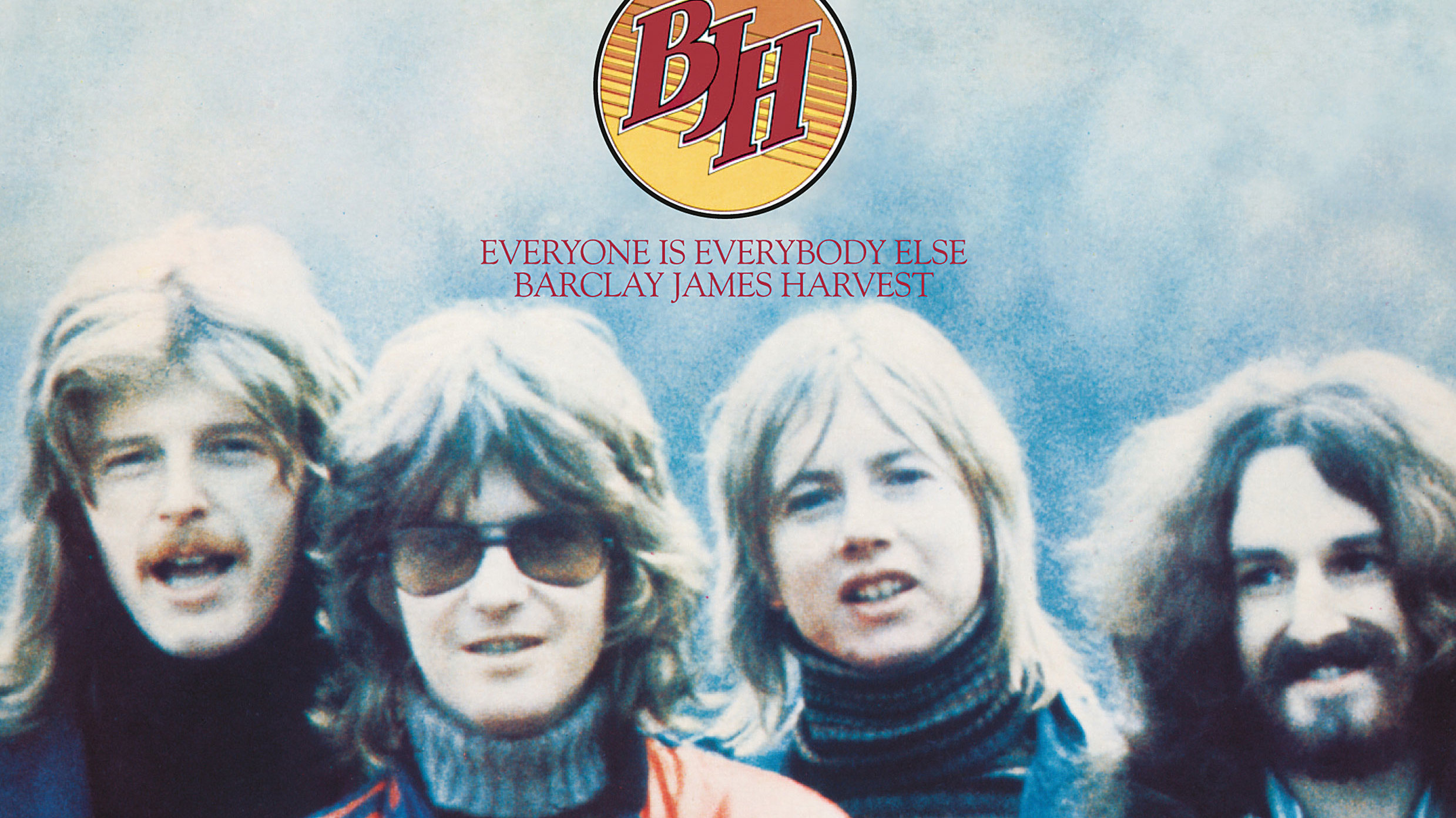You can trust Louder
They say a change is as good as a rest and for Barclay James Harvest in the 1973 that meant finding a new label. Cut adrift from EMI’s Harvest after their four albums had failed to achieve any significant commercial momentum, the quartet from Oldham looked about for a new home. Saddled with the debt accrued from an acclaimed but disastrously costly tour with an orchestra, the band were forced to rethink their sweet melange of gently rocked-up folk and pop. Changing what you do in the face of adversity is always a gamble but it’s one that paid off.
It’s perhaps no accident that their first Polydor release possesses a tougher sheen, a result, one suspects, to do with a determination to prove themselves a viable outfit with wider appeal, as much as producer Rodger Bain’s beefier sonics honed from his earlier work with Black Sabbath.
Though the band were said to not be entirely happy with this pairing, and Woolly Wolstenholme is entirely absent as a compositional presence, Everyone… reinvigorates their sound without compromising the pop-orientated instincts that were always part of the band’s DNA.
John Lees’ Child Of The Universe provides the band with a bold, opening statement. Bookended by his equally imposing closer, For No One, the album follows a majestic and somewhat courtly trajectory. It’s no surprise that the anthemic qualities hardwired into these songs translated so well to the large-scale concerts the band would go on to perform a few years later.
If there are any missteps then The Great 1974 Mining Disaster, whose sardonic musical inversions lampoons The Bee Gees and David Bowie, would be it. Told to come up with something more commercial along the lines of the Gibb Brothers, it’s clever but the incipient petulance distracts from the otherwise elevated songwriting.
With the original mix, the new stereo and surround sound mixes spread across three discs, this deluxe edition comes with a clutch of extra tracks. Most notable is Wolstenholme’s Maestoso, unaccountably rejected for inclusion at the time.
This otherwise exemplary release is marred slightly by the omission of For No One from the new stereo and 5.1 mixes. With the original multi-tracks having sadly vanished, the song’s absence on these new formats is keenly felt; lacking the original denouement and ending with Mill Boys lessens the emotional impact overall.
Sign up below to get the latest from Prog, plus exclusive special offers, direct to your inbox!
Everyone… sees BJH re-position themselves to appeal to the wider world. This reissue handsomely demonstrates not only how they did it but why they succeeded.
Exclusive interview with Barclay James Harvest founder Les Holroyd
Barclay James Harvest: the British pioneers who lead prog to glory
Locus Focus: A Barclay James Harvest Festival
Sid's feature articles and reviews have appeared in numerous publications including Prog, Classic Rock, Record Collector, Q, Mojo and Uncut. A full-time freelance writer with hundreds of sleevenotes and essays for both indie and major record labels to his credit, his book, In The Court Of King Crimson, an acclaimed biography of King Crimson, was substantially revised and expanded in 2019 to coincide with the band’s 50th Anniversary. Alongside appearances on radio and TV, he has lectured on jazz and progressive music in the UK and Europe.
A resident of Whitley Bay in north-east England, he spends far too much time posting photographs of LPs he's listening to on Twitter and Facebook.


